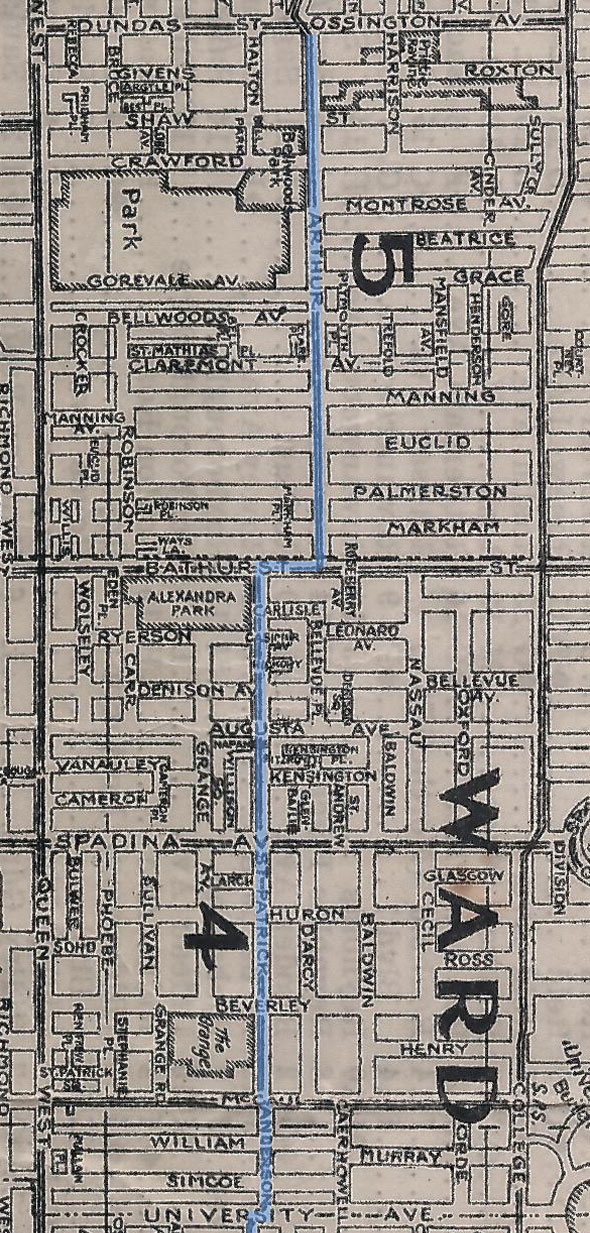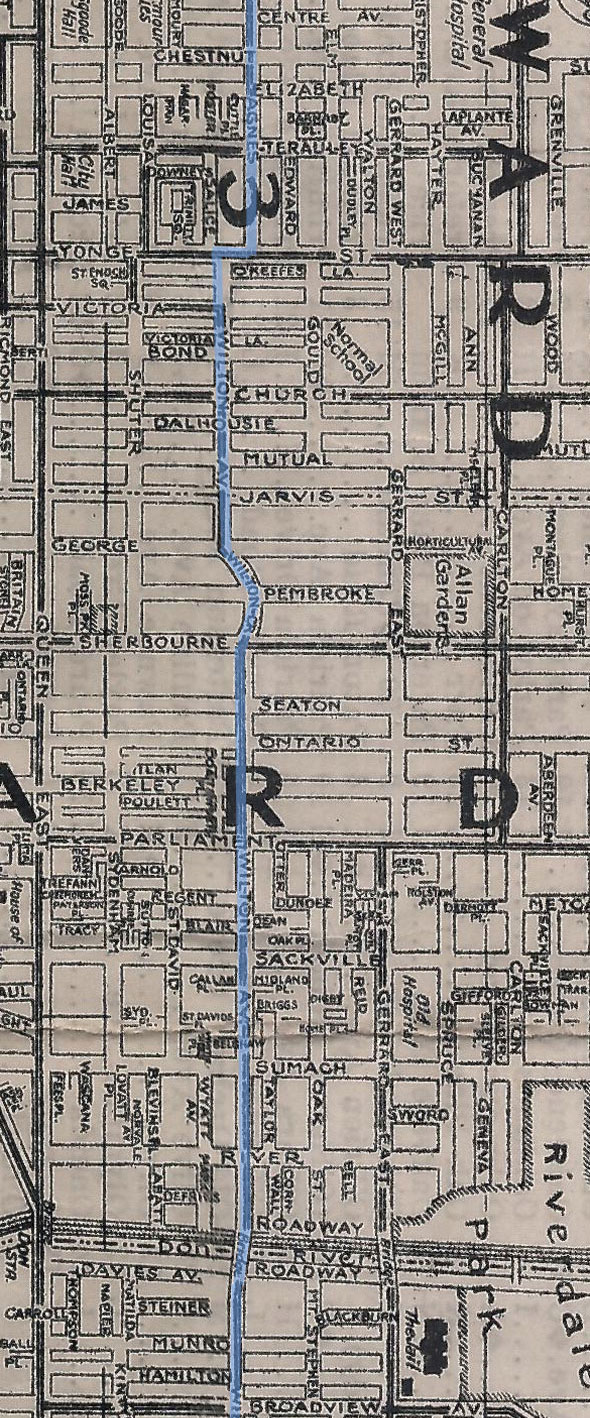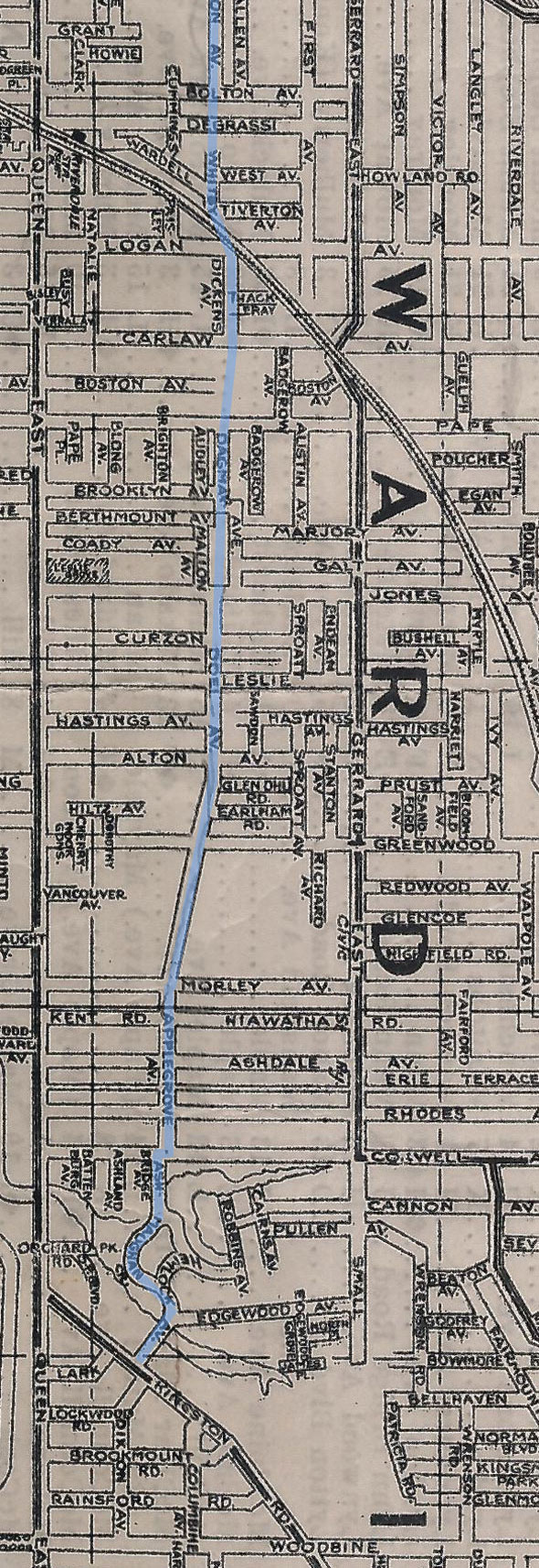Sunnyside
Active Member
You know, I had to actually bite my tongue to mention how fitting Hamilton’s grid is. I’m from the city so I’m quite familiar with it and how useful it is for getting around. It also makes Hamilton feel much bigger; hitting an arterial every km or so gives the impression your covering a very large distance. I was in for quite a shock when I lived in Toronto for the summer.Scarborough has around 800 metre wide concession blocks for the east-west direction, but the north-south direction remains at 2km.
Scarborough north of the 401 has several east-west arterials which break up the 2km gaps though, with Huntingwood and McNicoll.
Most of the GTA operates on a much larger concession grid than Scarborough, with varying levels of attempts to introduce new arterial roads within them. York Region is probably the worst offender with almost no new arterials to break it up and a concession grid which is in itself pretty disconnected with a lot of gaps.
One of the best things a city can do is shrink it's arterial grid size in my opinion. It just makes it a more pleasant city for everyone. Less traffic, better for transit, density, and walking, etc. I find the severity of traffic in any given part of the GTA corresponds fairly closely to how large the arterial road grid is.
2kmx2km:
- All of York Region
- Toronto
- North York
- southeast Mississauga
- Burlington
- Oakville
- Northern Durham Region
3km x 1.25km
- Brampton
- Rest of Mississauga
- Halton Hills
- Caledon
1.5km x 1.5km
- Milton
2km x 1km
- Etobicoke
2km x 800m
- Scarborough
- Pickering
- Ajax
- Whitby
- Oshawa
and the winner for smallest concession grid:
1km x 800m
- Hamilton
Hamilton Mountain, despite being just as suburban as any other part of the GTA, notably has no real 6-lane roads and indeed many of the concession arterials operate perfectly fine as 2-lane roads with bike lanes, and minimal real traffic issues. Even the 4-lane roads are usually built to much lower design speeds and designed to have much lower volumes than other GTA municipalities as each arterial simply needs to handle far less traffic.
Hamilton also sees very high suburban transit ridership and has a dense bus grid providing frequent service.
It's a similar storey for north-south arterials in Scarborough, which have a dense bus grid, lower design standards for lower vehicle volumes, basically no traffic, and some of them have never needed to be widened to 4 lanes.
Now compared to the mega-beast roads in Mississauga and York Region which have to shove tons of traffic onto a very small grid of arterial roads... HIghway 7 through downtown Vaughan is a total traffic sewer as it's the only east-west arterial for 6 kilometres between Steeles and Rutherford! That same distance in Hamilton would have 6 different arterial roads to disperse the traffic!
The benefits of such a grid are obvious. I like to point out to folks that YRT has the same yearly ridership as HSR, despite York Region having nearly 3x the population. The only thing holding back the HSR from really competing with the TTC on bus service quality (in the suburbs at least) is funding.
Our tight grid is also very ideal for intensification. Way more corridors you can choose from in a smaller area to prop up density. Another benefit is you have many options for rapid transit corridors- ceding a road like Mohawk to LRT/BRT is easier to stomach when there are 4 parallel concessions on the mountain alone and a highway just in case.
I have worked in a small handful of these municipalities, and they cannot seem to pin down how to service the suburbs inside the 2x2 blocks without compromising arterial service (not that they really try). I think it is obvious where this is the case without having to go into too much personal detail. It is mostly their agencies insisting they must service the areas within, and yet there is no easy way to do that nor plans for new arterials/collectors in future subdivisions to fix it.
I think one of the morals of this is that municipalities should, but do not learn from how Hamilton has operated amidst forced austerity. Good bones go a very long way.











